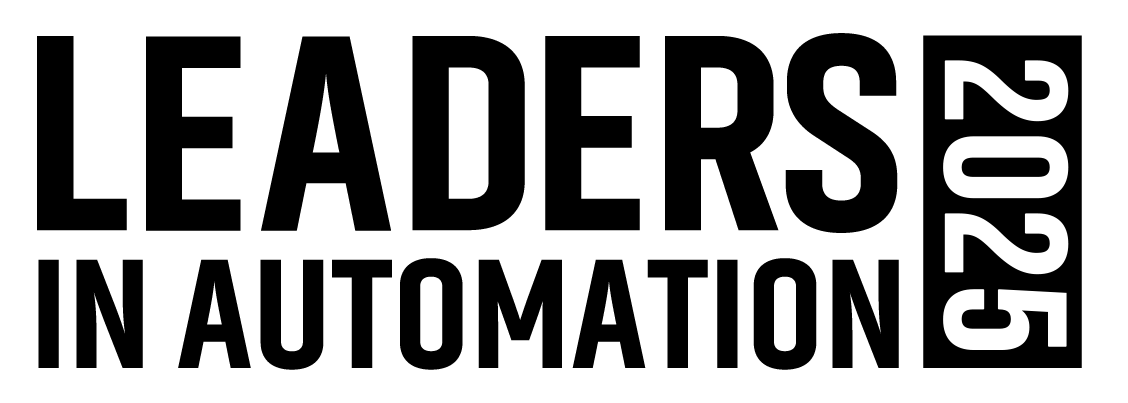AI in Manufacturing: What’s Working, What Isn’t and Why
Key Highlights
- AI pilots fail to scale primarily due to fragmented data systems and IT-OT disconnects, not technology limitations. Manufacturers struggle when different production lines collect inconsistent data formats, historical information sits in inaccessible silos, and IT systems can't integrate with operational technology, forcing each new AI deployment to become a custom rebuild rather than a scalable rollout.
- Successful AI implementation in manufacturing requires foundational work before advanced technology, including standardizing data formats, establishing unified I/O architectures with industrial Ethernet protocols, and engaging operators and maintenance staff to determine which signals and metrics actually matter for performance and efficiency.
- The manufacturers succeeding with AI focus on incremental, well-defined applications with clear ROI rather than attempting wholesale transformation. They start with bounded pilots, build systems that can adapt to variability without reprogramming, and invest in cross-functional collaboration between IT and operations teams from project inception.
Latest In AW Podcasts
Sign up for our eNewsletters
Get the latest news and updates
Leaders relevant to this content:




